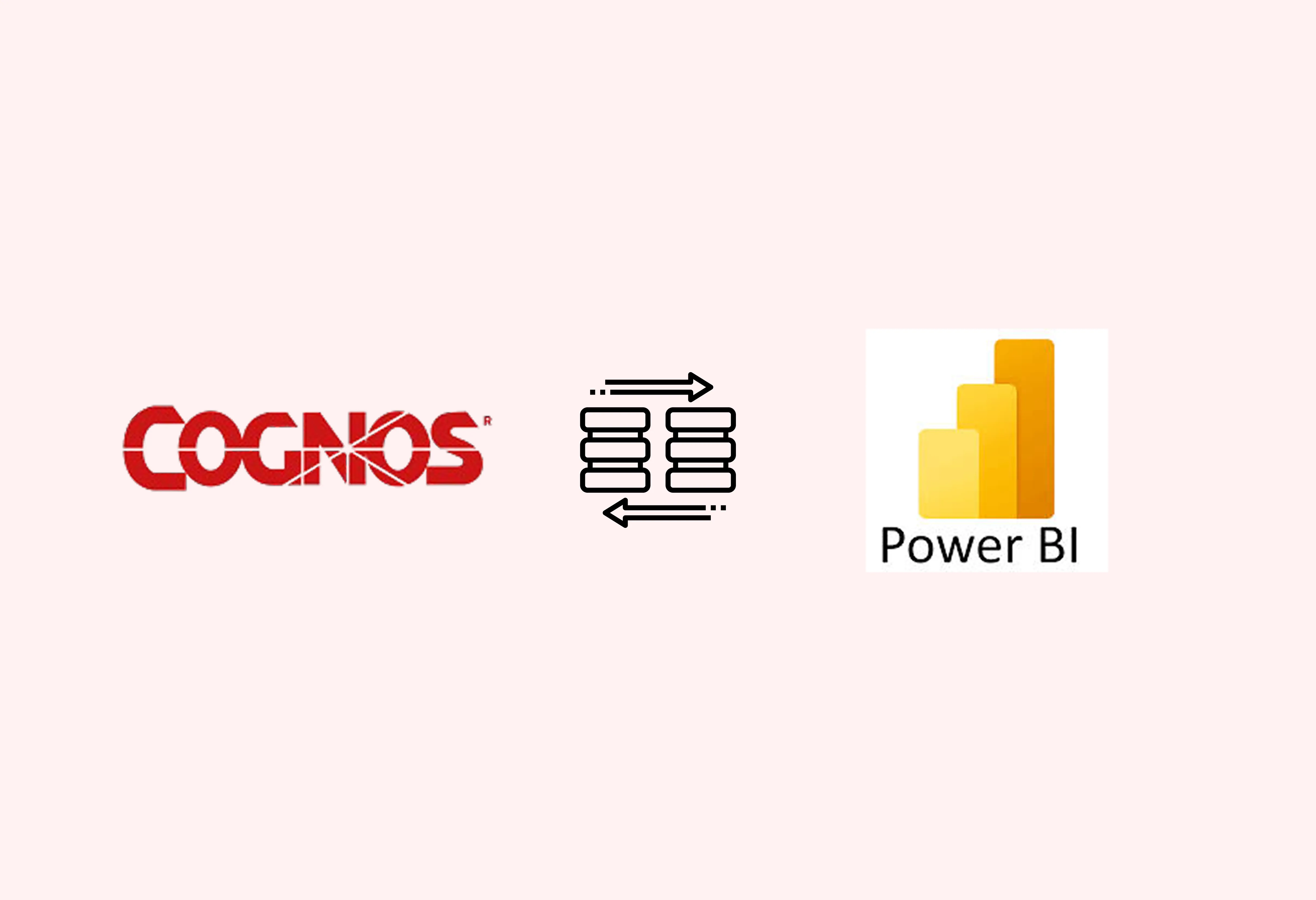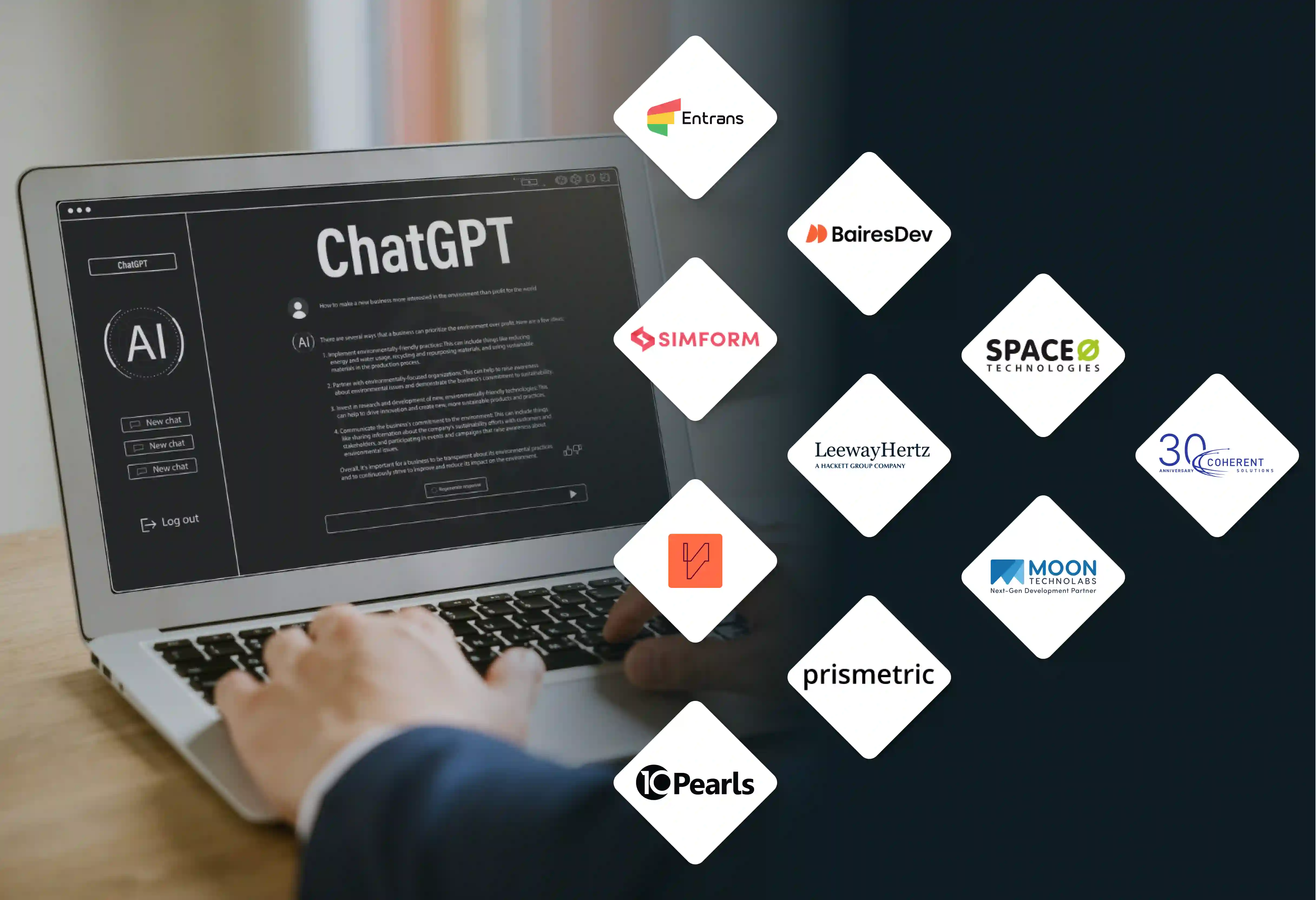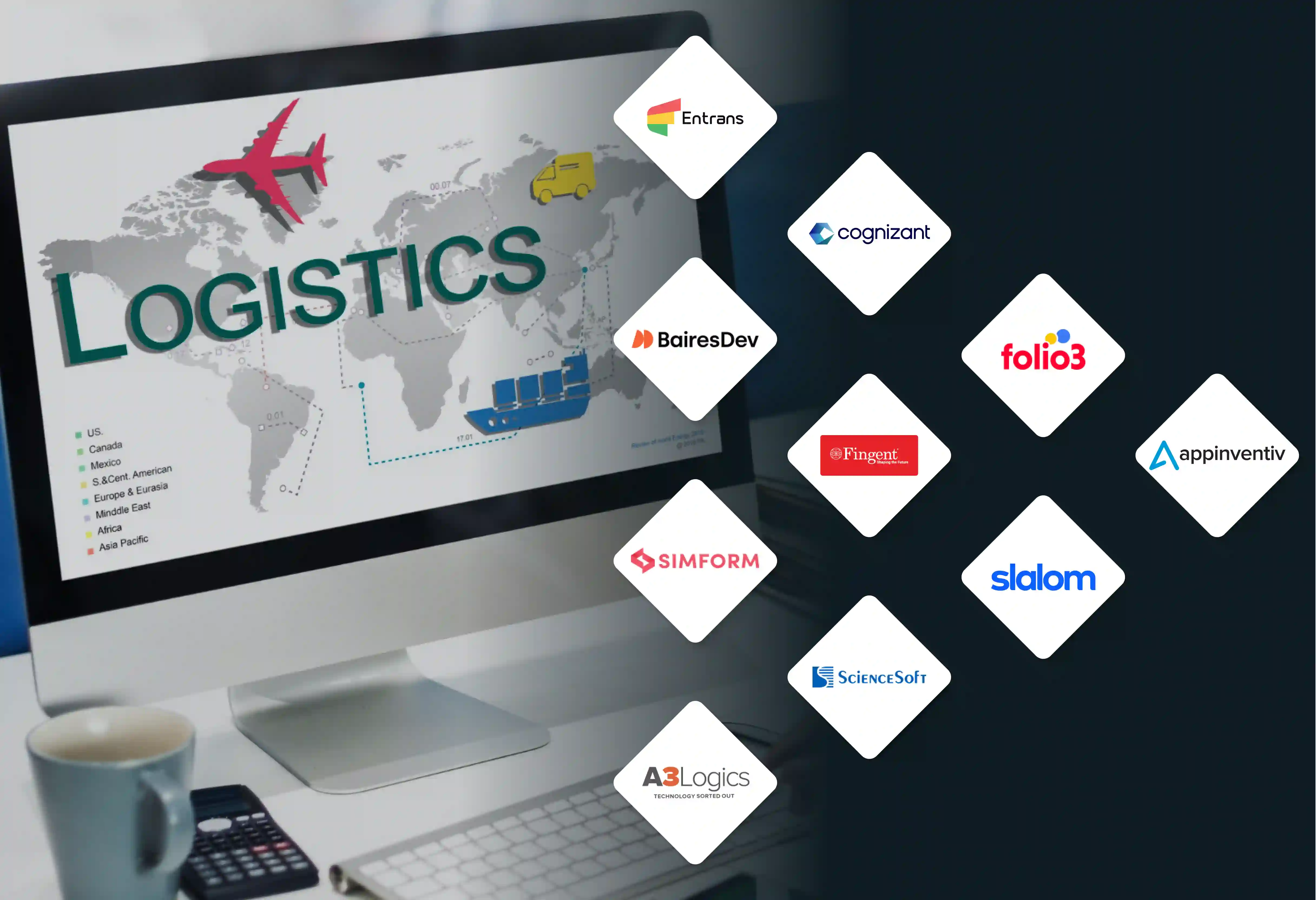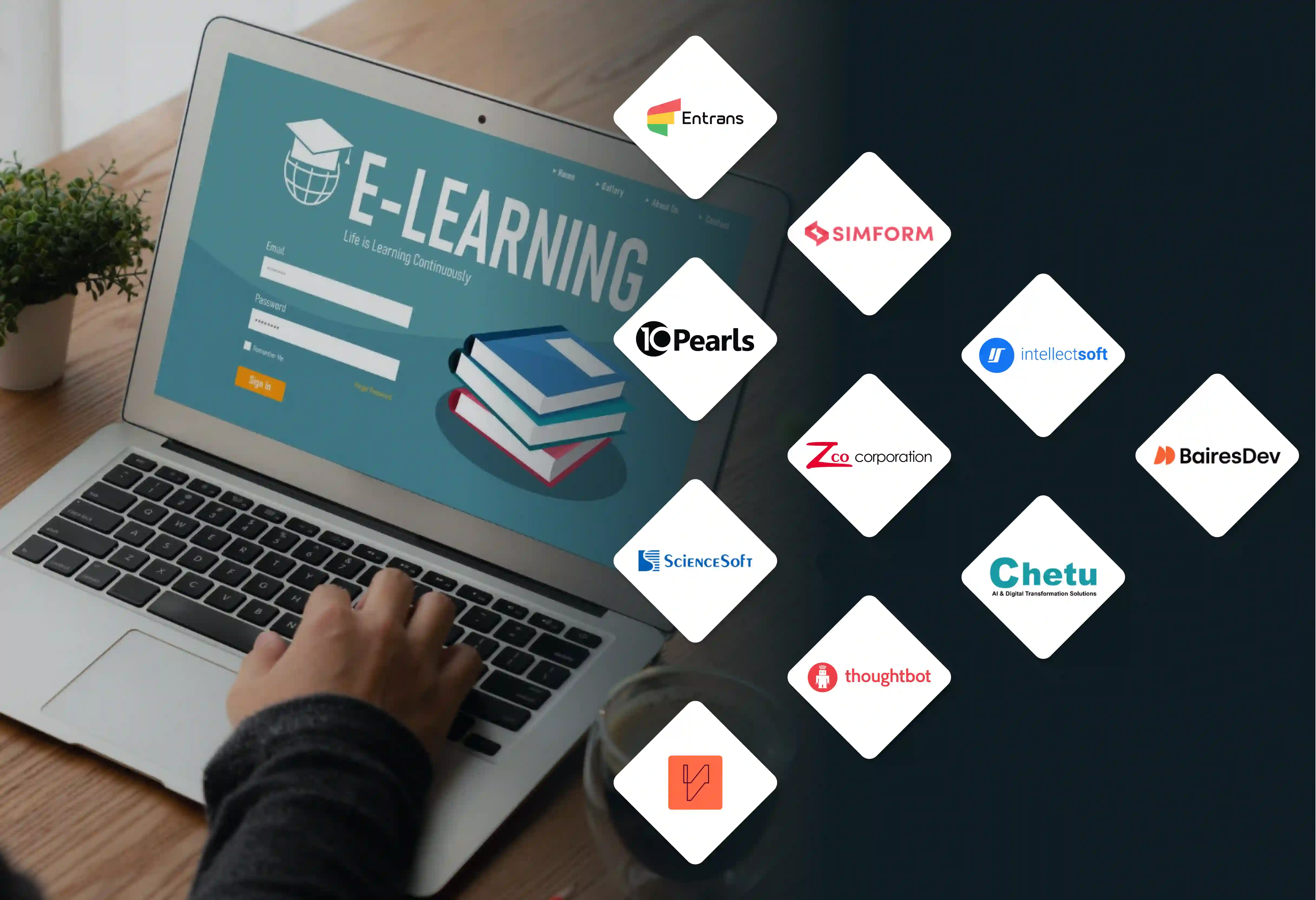


While there are several different moving pieces - making the move towards Power BI can add more value when it comes to data insight and sharing dashboards with stakeholders. This is why, we’ll cover everything you need to know when migrating from Cognos to Power BI.
Power BI has quite a few advantages over Cognos that make it a better choice for data analysis and visualization. For one, its user-friendly interface allows for easy drag-and-drop functionality, letting users create complex reports without extensive coding knowledge.
Also, Power BI works well with various data sources and employs advanced AI capabilities for better and more detailed analytics. Aside from this, the real-time data refresh feature helps you have access to the most current information, making it a better option for most businesses.
To migrate from Cognos to Power BI effectively, assessing your existing data on Cognos is crucial to setting up a structured plan. Here are the steps to streamline this assessment:
When creating a visual data framework in Power BI based on a Cognos database, it’s essential to ensure the data is optimized for visualization. Key steps include:
Creating a migration roadmap from Cognos to Power BI requires aligning priorities with business functions for optimal performance. Key steps include:
Executing a migration from Cognos to Power BI requires meticulous testing and validation to make sure there is data integrity. Key steps include:
Switching from Cognos to Power BI can be challenging, especially when it comes to integrating existing data. Cognos and Power BI often structure and query data differently, which can complicate direct data transfers. This means companies need to carefully map, transform, and validate their data to ensure compatibility and accuracy in Power BI.
For clients, leveraging ETL tools like Azure Data Factory or SQL Server Integration Services helps streamline the process, ensuring data integrity while keeping reporting consistent across platforms.
Migrating from Cognos to Power BI can be tough, especially when it comes to rebuilding business logic within queries and data models. Unlike Cognos, Power BI may interpret query structures differently, making direct transfer impossible. This means critical business rules need to be manually restructured to align with Power BI’s modeling framework.
To tackle this, most data engineers and scientists often utilize DAX functions and Power Query adjustments, making sure that key insights and data logic stay accurate across platforms.
When migrating from Cognos to Power BI, one significant challenge is the differences in report rendering. Power BI utilizes a different rendering engine, which can impact how visuals and layouts are displayed compared to Cognos.
This can lead to discrepancies in formatting and interactivity. It's essential to assess report requirements carefully, leveraging Power BI's DAX functions and visual capabilities to recreate or enhance existing reports, ensuring consistency and clarity in data representation throughout the transition.
Migrating from Cognos to Power BI can seem straightforward, but sticking to the timeline is often a challenge. Power BI’s data modeling approach and new DAX requirements can add unexpected delays if not planned well. For teams used to Cognos, adjustments to meet Power BI’s architecture can take time.
To stay on track, it’s essential to monitor progress and identify dependencies early on, ensuring a smooth and timely transition without sacrificing data accuracy.
During the migration from Cognos to Power BI, a common challenge is addressing knowledge gaps within your team. Power BI employs a different architecture and set of functionalities, which can be daunting for those familiar with Cognos.
It's crucial to identify these gaps and implement targeted training sessions focusing on Power BI's unique features like DAX for data manipulation and Power Query for data preparation. This approach makes sure there is a smoother transition and maximizes the tool's potential for data insights.
When migrating from Cognos to Power BI, a well-structured roadmap is crucial. This roadmap should cover data transformation, business logic, and access control needs specific to Power BI’s environment. It also helps teams identify dependencies and critical steps early, ensuring a seamless transition.
For those involved, a roadmap minimizes risk, keeps everyone aligned, and makes troubleshooting faster. At each stage, teams can track progress, tackle issues, and maintain data integrity while adapting to Power BI’s architecture.
Power BI's impressive data modeling capabilities are essential for translating complex Cognos data logic into actionable insights. By leveraging features such as relationships, calculated columns, and measures, organizations can effectively streamline data structures for analysis.
This not only simplifies reporting but also enhances performance and scalability. Utilizing Power BI’s DAX functions allows for advanced calculations, ensuring that intricate data relationships are accurately represented and leveraged for better decision-making across the organization.
Developing a through training plan for Power Query is crucial when migrating from Cognos to Power BI. Power Query facilitates data extraction, transformation, and loading, allowing users to connect to various data sources seamlessly.
Training should focus on practical skills, including creating queries, data cleaning techniques, and advanced transformations using M language. By equipping team members with these capabilities, companies can have a smooth transition and maximize the potential of Power BI's data manipulation features for enhanced reporting and analysis.
Data testing and validation are essential when migrating from Cognos to Power BI. With different data structures and processing in each system, testing guarantees accuracy and prevents harmful reporting errors. Validating data integrity at each phase means any discrepancies are caught early.
For migration teams, this process maintains data reliability and keeps Power BI reports aligned with business expectations. At Infisign, we provide customized validation tools to streamline this testing, ensuring smoother transitions for complex migrations.
Recreating role-based security from Cognos in Power BI is key to maintaining data access controls during migration. Power BI offers flexible security settings, but aligning them with Cognos’s existing roles requires careful mapping. This process allows the right users to retain access only to the data they need.
At Entrans, we support this transition by implementing Power BI’s Row-Level Security (RLS) to mirror Cognos roles, keeping data both secure and accessible across the organization.
Creating a reliable data governance plan during the migration from Cognos to Power BI is crucial for ensuring data integrity and compliance. This involves defining data ownership, establishing access controls, and implementing monitoring processes to track data usage.
By using Power BI's built-in governance tools, organizations can ensure that data is accurate and accessible while adhering to regulatory standards. A reliable governance framework not only safeguards sensitive information but also empowers users with the insights they need to drive informed decision-making.
Engaging Power BI experts during your migration from Cognos can help with the transition process. With specialists who bring extensive knowledge of data modeling, DAX functions, and Power Query, you’re data validation and migration process can be done a lot quicker and with far fewer issues.
Why not work with Entran’s team of certified Power BI experts to make your migration process as quick as possible? Want to know more? Why not book a free 30-minute consultation call?






